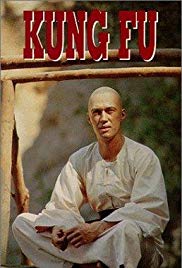February 27, 2020
Separation
Anxiety by Laura Zigman
Judy Vogel
wrote a highly successful children’s book that became a children’s television
series, but she hasn’t been able to write another book. Her current job is writing 300-400 word articles
for a wellness site, producing three or four articles a day. Not only does Judy have writer’s block, but
she also feels totally disconnected from everyone she knows. She is separated from her husband Gary, but they
can’t afford to live in separate residences because Gary works as a part-time
snackologist and spends large amounts of time smoking pot. So Gary lives in their basement and Judy and
their teen-aged son Teddy live upstairs.
While working on de-cluttering their storage area, Judy comes across a
baby sling left from when her son was born.
On impulse, she slips the sling over her head and puts Charlotte, the
family’s Sheltie in the sling. For the
first time in years, Judy feels a connection to another living being. Meanwhile, their son attends a Montessori
school that is also in crisis.
I initially picked
up this title because of the cover art, a woman wearing a baby sling with a
small dog’s head sticking out. While
depression is a main theme, there is also commentary on marriage, parenting,
and progressive education. There is just
enough humor to keep the story from wallowing in sadness. We have one of those wellness sites where I
work so I know the kind of peppy little useless articles that Judy writes.
At age 50,
Judy feels invisible: not only is her marriage
falling apart and her son doesn’t need her anymore, her best friend and editor
is dying of cancer and she is crushingly lonely. Wearing the dog in a sling at least attracts
some (mostly) harmless attention. Maybe
that’s why middle-aged men buy a Corvette, divorce their wives of 25 years, and
get a trophy wife – anything so that they can feel someone SEES them (never mind
how people see them).
Many thanks
to NetGalley and the publisher for providing an e-ARC in return for a review.













